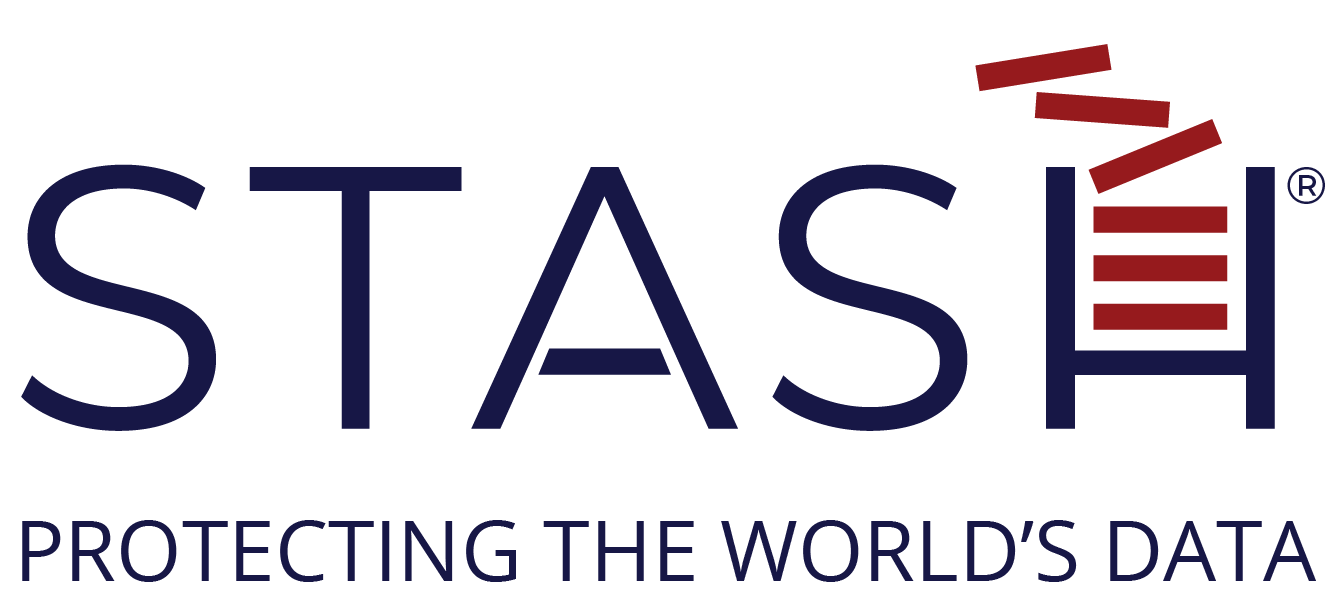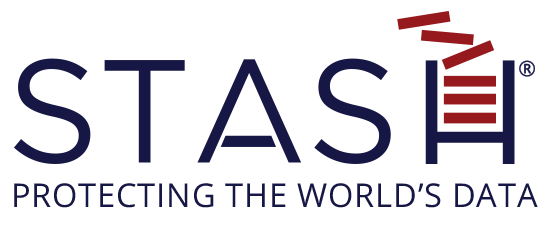FINANCE
Now more than ever, “follow the money” is the guiding principle for cyber criminals the world over. Financial Service companies are their major targets. But not just criminals. Disgruntled employees, hacktivists, and increasingly nation states pose
serious cyber threats.
Fund managers, financial information suppliers, commercial banking services, brokerage services, and even share markets have been the focus of sophisticated attacks.
Sharing information about your deals? Don't do it without STASH®
Cyber attacks against the financial services industry are increasingly sophisticated and frequent. As providers shift to digital channels like mobile banking the attack surface grows. Fund managers, financial information suppliers, commercial banking services, brokerage services, and even share markets have been the focus of sophisticated attacks. Financial Service companies collect, store, and process huge amounts of personally identifiable information (PII), credit card data, and financial transactions. Consequently, they face a growing number of stringent industry and government regulations for secure data protection and privacy such as PCI, SOX, MAS-TRM and the EU GDPR.
No other option satisfies your regulatory and compliance requirements for the long-term like STASH®.

More than most, financial services companies require flawless, foolproof data protection and resilience when creating, working with, and sharing data inside and outside of the organization. STASH® protects your data wherever you keep it anywhere in the world, and supports data sovereignty, residency, and localization. STASH® is the perfect partner for securely sharing deal data, as well as intellectual property, administrative, HR, and other sensitive data.
STASH’s unique encryption, dispersement, data loss prevention, access control, and ransom-less ransomware recovery slashes the risk of data and content access to a level not available until now.
STASH® is also perfectly suited to meet the data retention and encryption requirements of the New York Department of Financial Services (DFS) cybersecurity rules (23 N.Y.C.R.R. Part 500) for New York-licensed insurance companies and banks, as well as other financial services companies regulated by DFS, including, agents, brokers, adjusters, registered service contract providers, licensed reinsurance intermediaries, licensed life settlement providers, licensed life settlement brokers and licensed insurance consultants.
“Financial institutions are 300 times more likely to be attacked than other industrial sectors. The banks and financial institutions have to pay a dearer amount to deal with those attacks and their aftermath effects. IBM X-Force Threat Intelligence Index supports this finding and also remarked that the attacks on financial services account for 19% of the total incidents in a year”.
– Boston Consulting Group
“On average, financial institutions spend 0.3% of revenue and 10% of their IT budget on cybersecurity. According to American Banker, big banks and major financial institutions spend nearly $2300 per employee. Deloitte believes that budgeting is not the only solution; it is the planning and execution of security policies that ensure appropriate security standards”.
– Deloitte
“70% of the financial companies have experienced security incidents in the last 12 months. The leading cause of most incidents is the employees’ failure to follow the security protocol. Another reason is the introduction of BYOD (bring your device) that contributes 32% of the attacks, allowing file and image downloads to contribute 25% of the attacks and sharing of data by the employees unintentionally contribute 24%.”
– ClearSwift Security Firm
“Financial services have 352,771 exposed sensitive files on average while healthcare, pharma and biotech have 113,491 files on average — the highest when comparing industries. Nearly two-thirds of financial services companies have over 1,000 sensitive files open to every employee”.
– Varonis
Cyber Talk
“Governor Andrew Cuomo announced [a new] regulation on Thursday, describing it as the first of its kind in the nation. The rule will require banks, insurance companies, and other entities regulated by the state’s Department of Financial Services to establish cybersecurity programs to protect consumers’ sensitive data and secure the financial services industry. “New York is the financial capital of the world, and it is critical that we do everything in our power to protect consumers and our financial system from the ever-increasing threat of cyber-attacks,” Cuomo said in a statement on Thursday."



